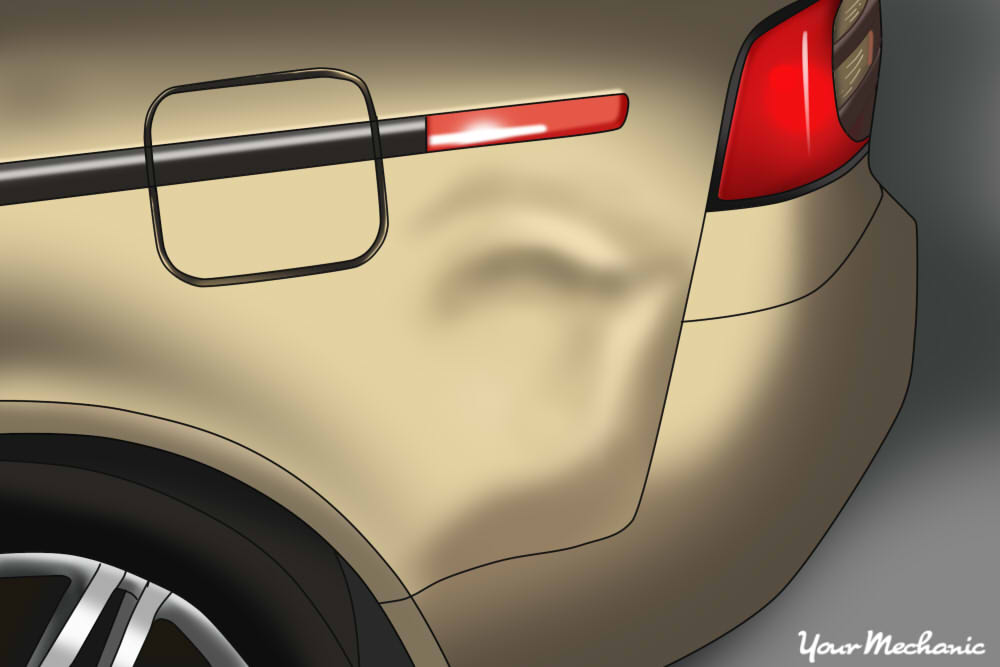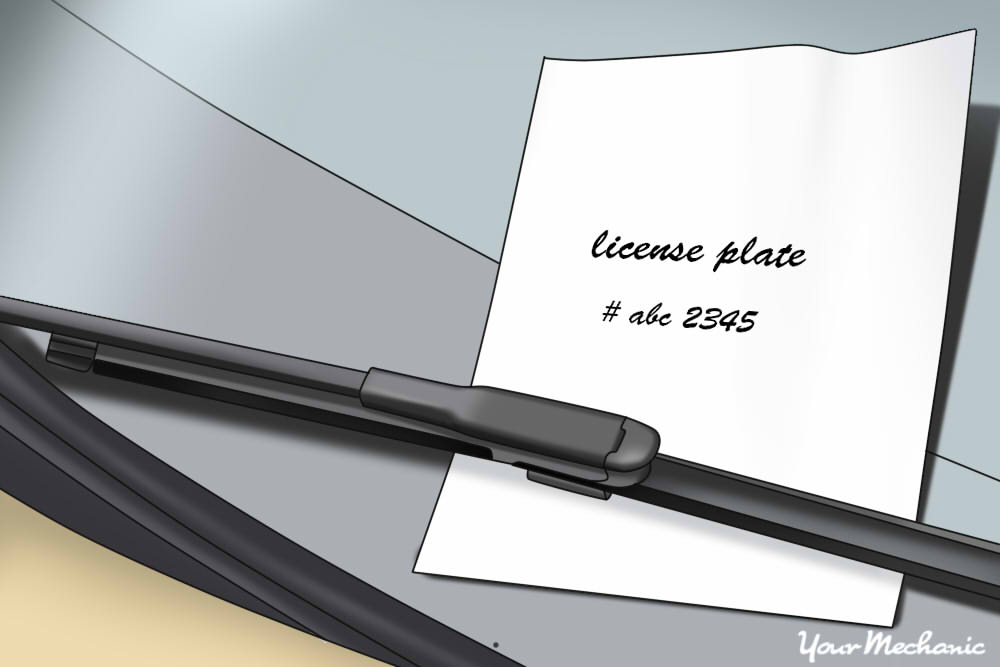

A hit-and-run accident is always a difficult situation for the victim whose person, vehicle, or property was involved. A hit-and-run is particularly difficult to deal with in situations where no one is around to witness the accident and help prove cause.
In most places, a hit-and-run is considered a serious crime, and can include felony charges. Most legal consequences are very severe and depend on the extent of the damages, the nature of the crime, and, of course, whether or not someone was injured or killed. Consequences include the suspension, cancellation, or revocation of the perpetrator’s driver’s license, voiding of insurance policies, and/or imprisonment.
Nobody wants to be in a situation where they have to defend themselves in an unprovable and unfortunate set of circumstances. The inability to prove fault in an accident such as a hit-and-run can result in insurance companies denying coverage, leaving the victim with potentially crippling bills.
It is important to get involved if you witness a hit-and-run in order to protect the liability of the victim, and to help authorities solve the case as soon as possible.
Go through the following steps to learn how to react after witnessing a hit-and-run accident.
Part 1 of 3: How to react when you witness damage to a parked car
Step 1: Note down details of the incident. If you happen to witness a parked vehicle being hit, watch carefully to see how the person who hit the car reacts.
Stand by passively and wait. If the person leaves without leaving a note on the victim’s car, try to remember as much about the vehicle as you can, including the color, make and model of the vehicle, the license plate number, time and place of the incident.
Write this information down as soon as possible so you don’t forget it.
- Tip: If possible, take pictures of the event, including the perpetrator’s vehicle, to help document it and provide any necessary evidence for the damages.
If the hit-and-run driver is still driving rashly, call the police and ask them to be on the lookout for the vehicle involved in a hit-and-run. Make sure that you report what part of the vehicle might be damaged, the direction in which it was headed, and any other details that will help them locate the perpetrator more efficiently.

Step 2: Provide your details to the victim. If the perpetrator’s vehicle has fled the scene, approach the victim’s vehicle and leave a note on their windshield with your name, contact information, and a report of what you saw, including the information you remember about the other car.
If there are other witnesses around, try to consult with them to make sure you all remember the correct turn of events in the order they occurred. Leave all your names and contact information in the note.
Step 3: Report the incident. If you’re in a parking lot that has an attendant, report the incident to the attendant after leaving a note on the car.
Take them over to the scene and familiarize them with the events that occurred by walking them through it.
If there is no parking attendant or other public business nearby, contact the authorities yourself, and let them know the course of action you took to help the victim, by explaining what you saw. Give them your contact information for follow-up questions.
Step 4: Let the victim contact you. Wait for the victim to contact you, which means answering phone calls from unidentified numbers if you do not usually do so. Be prepared to follow-up as a witness for them, if necessary.
Part 2 of 3: How to react when you witness damage to a moving car
Step 1: Document the incident. If you see a hit-and-run incident where the driver responsible for the accident flees the scene, stay calm and try to remember everything as it occurred.
Try to remember the color, make and model, license plate number of the vehicle in question, time and place of the incident.
- Tip: If possible, take pictures of the event, including the perpetrator’s vehicle, to help document it and provide any necessary evidence for the damage.
In the rare case that the person who was hit does not notice that they were hit, try to flag them down and have them stop so you can notify them of the damages, record information, and contact the police.
Write down any necessary information as soon as possible so you don’t forget it, and stay with them to bear witness to the police as necessary.
Step 2: Go to the victim. If the victim’s car was hit, the perpetrator fled the scene, and the person was injured by the impact, see to them immediately. Assess the situation as best you can.
If the person or people are conscious, ask them about their injuries and calmly instruct them to remain in the position they are to avoid any further damage. Try to keep them calm in all situations, which means trying to remain calm yourself.
- Warning: Unless you are a medical doctor or the victim(s) are bleeding profusely and need help to stop any excessive bleeding with pressure or a tourniquet, do not touch them in any way to avoid injuring them further.
Step 3: Call 911. Call 911 immediately to report the incident, being sure to notify the authorities of the severity of the situation.
If you are occupied tending to an injured victim and there are other witnesses around, instruct someone else to call 911 as soon as possible.
Step 4: Stay at the scene till the police arrive. Remain at the scene of the crime at all times, and be prepared to fill out a detailed witness statement listing the chain of events as they occurred, including information about the perpetrator’s vehicle, and the direction in which it fled the scene.
Provide all of your contact information to the police, so they can contact you as necessary.
Part 3 of 3: How to react when a pedestrian is hit by a vehicle
Step 1: Report the incident to authorities. If you witness an incident where a pedestrian(s) was hit by a vehicle which then fled the scene of the accident, try to stay calm and record as much information about the vehicle as possible.
- Tip: If possible, take pictures of the event, including the perpetrator’s vehicle, to help document it and provide any necessary evidence for the damages.
Call the police immediately and give them all the details about the incident. Try to include the color, make and model, and license plate number of the vehicle, time and place of the incident, and in what direction the perpetrator’s vehicle went.
- Tip: If there are other witnesses, try to have one of them take pictures if you are on the phone with police.
Instruct the 911 operator that an ambulance(s) needs to be sent to the location. Go over to the victim and try to assess their condition as best as possible, while reporting it to the police in real time.
Try to halt any oncoming traffic that might not see them in the road.
Step 2: Go to the victim. If the pedestrian is conscious, ask about their injuries and try to keep them still to avoid further injuries.
- Warning: Unless you are a medical doctor or the victim(s) are bleeding profusely and need help to stop any excessive bleeding with pressure or a tourniquet, do not touch them in any way to avoid injuring them further.
Try to keep them calm in all situations, which means trying to remain calm yourself. Report what the victim(s) says to the 911 operator.
Step 3: Remain at the scene till police arrive. When the police and other responders arrive at the scene, be prepared to fill out a detailed witness statement listing the chain of events as they occurred, including information about the perpetrator’s vehicle, and the direction in which it fled the scene.
Include all of your contact information to the police, so they can contact you for any follow up as a witness.
Always stay alert and remember how important it is to record all information leading up to, during, and after a hit-and-run event.
Contact the authorities or any other person who might be in a position to offer more help as soon as you can after the event. Also remember that any help you can provide, no matter how big or small, could be indispensable to the victim.



